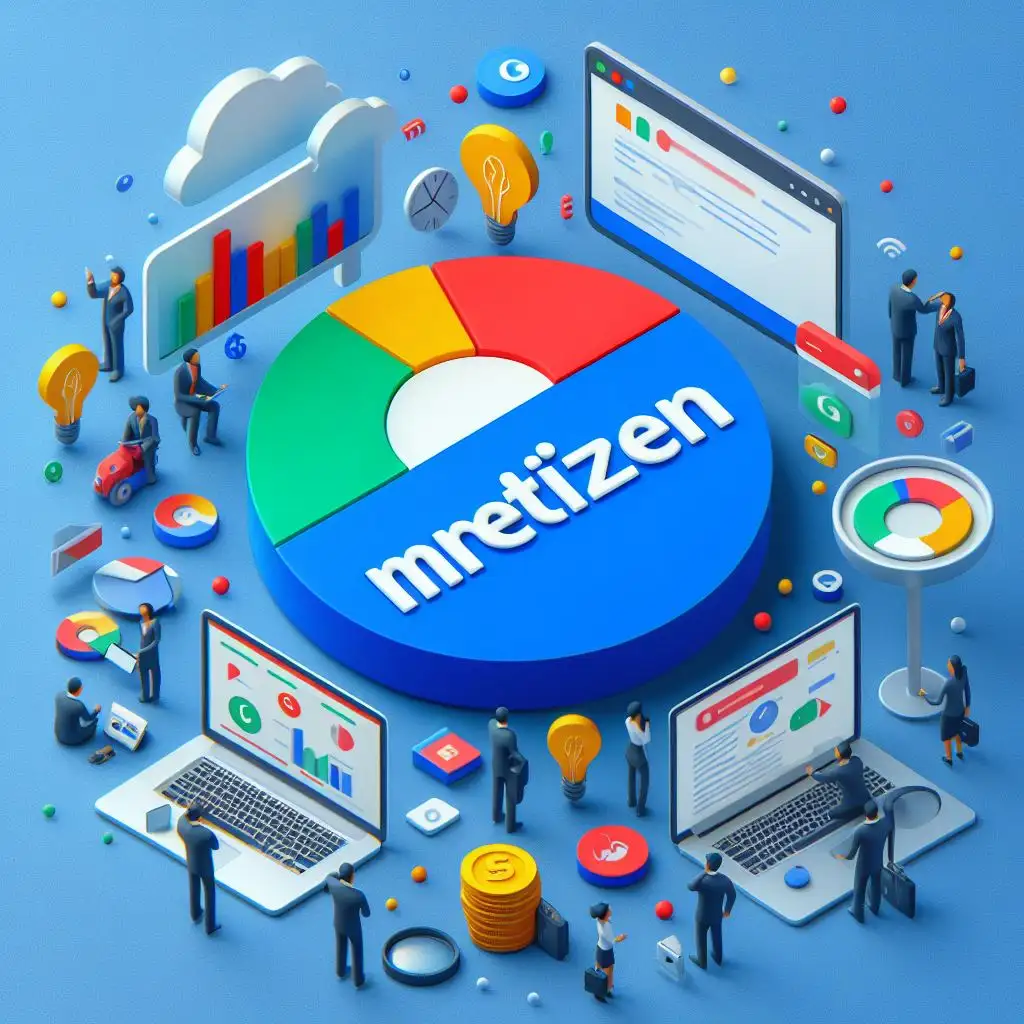Explore the transformative potential of digital currencies and blockchain technology in reshaping global economics. This article examines the evolution of money, implications for monetary policy, and challenges posed by digital currencies, offering insights into their future role in financial systems and the broader economic landscape.
Introduction.
Hailing from the world of technology, digital currencies have become an influential change driver in today’s high-growth financial industry, challenging the most basic understanding of money and its place in the world economy. It may be an extension of the use of physical cash to electronic forms, but it barely scratches the surface and may well be a revolution that has the potential to change the transaction process. But at its centre is blockchain – a decentralised record-keeping system that brings together all the basics of providing trust and security between participants without the presence of intermediaries at all. But when we start worrying about its topic, it becomes important not only to know how digital currencies function but also to determine what effects will those generate on world economics.
This article will attempt to answer one of the greatest questions of our age: Are digital currencies fueled by blockchain capable of remaking economic dynamics on a global level? We will study the past development of currency, the processes that are behind blockchain, and the possible changes in the monetary policy subsystem. Through its analyses of these factors, the book also seeks to shed light on how such currencies can challenge established financial systems and architectures as well as provide novel means of achieving financial inclusion, effectiveness, and versatility.
1. The Evolution of Currency: From Fiat to Digital.
Throughout history, money has gone through changes from the simple barter to the more sensational use of metals and then to paper currency and coins that are the work of modern government authorities. This evolution has been occasioned by the search for a better means of barter, store of value, and account. A new phase in the story of money started with the introduction of cryptocurrencies, starting from Bitcoin in 2009, which uncorked the idea of decentralized finance. It also should be noted that the cryptocurrency is fundamentally different from the fiat money which is backed by government and directly managed by it, and is based on the combined technology of blockchain, allowing people to make transaction between each other independently from banks.
This is how, with the emergence of the concept of digital currencies, the economic consequences are powerful. They question hegemonic global financial systems and present possibilities that may, in general, bring finances to everyone. For instance, new technologies such as Ethereum have made it possible to develop smart contracts that eliminate the need for intermediaries and slashing the costs by almost half. The introduction of fiat-collateralised stablecoins also sheds this realm mid-way between traditional commodity money and cryptocurrencies, offering a familiar interface to those who may be wary of fluctuating bitcoin prices. These developments naturally result in numerous questions, primarily concerning the place of governments and central banks in the process of governing and incorporating such digital means of payment into the existing economy.
2. Understanding Blockchain Technology.
Ehtereum, the base of digital currencies, is a distributed and decentralized record keeping technique, initiated across several computers, and is resistant to data falsification. It consists of a block on chain that contains more than one transaction, and it becomes fixed and available to all users at the end of the block chain once done. These steps reduce the possibility of fraud and corruption because in order to modify the data, the majority of the participants have to agree, and this is nearly impossible to organize. In addition, as opposed to the traditional centralized systems, blockchain technology eradicates the probabilities of interacting with middlemen that considerably decrease the speed of transactions while increasing their costs.
Apart from the application in the cryptocurrency space, blockchain has potential applications in a wide cross-section of the economy, ranging from supply chains, health, and even voting. For instance, in the supply chain, blockchain offers opportunities for the improvement of traceability management as well as making accountability for the origin of products with less risk of products being sourced unethically. In the area of healthcare, the technology can be used to store patients’ records, where only the necessary healthcare workers and providers, may view the data at any one time without compromising the patent’s right to privacy. These application areas demonstrate the use of blockchain and showcase the capability of blockchain in transforming not only financial but also many other sectors by using decentralized solutions to promote the trust and efficiency required.
3. Implications of Digital Currencies for Global Economics.
Digtal currencies are the revolution of global monetary policy and central banks as an instrument for managing the world economy. It is thus rather likely that traditional banking may be revolutionized as nations begin to consider Central Bank Digital Currencies (CBDCs). Through CBDCs, central banks can oversee the implementation of monetary policies in real-time, with the existence of detailed information about economic activity, this would make mechanisms of the monetary policy more effective as they are, including the rates of interest and quantitative easing. In addition, the use of CBDCs can help introduce more stability in the financial market than should the use of virtual currencies such as Bitcoins, which are highly prone to banks runs and other financial crises.
In addition, through decentralization of currency, digital currencies can dramatically alter the developments of cross-border payments and remittances. Conventional cross-border payments, it entails a long time to execute and expensive since they entail the use of various middlemen as well as exchange rates. Traditionally, it took time for funds to be transferred from one account to the other, and was expensive; with digital currencies, it is near impossible to transfer digital currencies at a cheaper and time efficient way. This efficiency is significant most for remittances, in which people transfer money across borders to their families back in their home country. Thus, giving end-users a wider range of opportunities for cheap and fast transactions, digital currencies can improve the financial literacy of the population and help stimulate economic growth in developing countries with a large population of financially inactive individuals.
4. Digital Currency: Advantages, Disadvantages and Risks.
Nevertheless, digital currencies and blockchain technology are not without complex but solvable problems that need to be solved to grow and reach their potential. The barriers raised in this context are of two kinds: legal and political which can be broadly summed up as regulatory challenges, representing one of the actual threats as governments still have not figured out what kind of regulation may be appropriate for protecting consumers from some risks while at the same time facilitating innovations in the field. Lack of standard policies can pose problems such as stagnation of market solitudes or hesitant movement to adopt the systems. Further, with the increase in tendencies of virtual currencies.
Thus, there is an issue of defining clear guidelines for AML and CFT actions to stop illicit activities. It is imperative that policymakers meet with key market players to collectively create a united integrated structure of rules to enable growth of the financial market without compromising the stability of the markets. Indeed, there are other issues that are also very crucial when it comes to digital currency, among them being security issues. The worst hack and fraud incidents have occurred that have created awareness about the security weaknesses surrounding cryptocurrencies and blockchain solutions. The very fact that these technologies are decentralized can be an advantage. At the same time, it is a weakness when it comes to regulation, user safety, and often business model sustainability. And as digital currencies go mainstream, the question of security, which among them include multi-signature wallets, high levels of encryption, and insurance of digital currencies, will be important. Besides, investing in cryptocurrencies is exposed to certain risks, such as fluctuation in price within a short period of time. The task to overcome these challenges is crucial to restore the confidence in Decentralized Digital Currencies to integrate it with the global economy.
5. An Analysis of Digital Currencies and Associates Economic Systems.
Future prospects of digital currencies will most definitely include growth rates and penetration into the further realms of commonly used economics. When more and more people and companies feel safe dealing with digital assets, we might observe a change in the payment systems, where payments in digital currencies are acceptable, as well as cash and credit cards. This shift could also bring various changes in various new financial products and services, including decentralized financing solutions, lending, borrowing, and trading without going through the middlemen. Their appearance can threaten the usual functioning of banks and become more convenient and accessible for users who turn to such services.
Besides, the experts observe that, with the use of digital currencies already integrated into the global economy, it is possible to come up with a hybrid financial system combining the best earthly and digital currencies. Central banks may use techniques, the ones that enable interaction between CBDCs and cryptocurrencies, thus creating an environment of an integrated, diverse digital money environment. Subsequently, potential new economic paradigms that hinge on improvements of the mentioned characteristics – the properties of the blockchain (tokenization of assets and SCs) – can amend how value is produced, traded, and stored for the future world economy. This evolution is meant to bring change and improvements in terms of both efficiency and inclusiveness in the financial industry, enabled by innovation and financial inclusion.
Conclusion.
Thus, the emergence of digital currencies and using the principle of blockchain technology can be viewed as the start of the new epoch in the development of the world economy. As we have noted, transforming fiat currencies to digital counterparts is as big a potentiality as it is a challenge. In revolutionizing monetary policy, clearing system, and cross-border payment systems, digital currencies present a new model for interaction, leading to effectiveness and innovation. Nevertheless, such issues as regulatory, security as well as volatility still underline as major challenges towards the realization of these futures.
Stakeholders such as governments, financial institutions, and consumers are currently in a new and complex environment, and the aim of this paper is to continue open and coherent discussions and actions toward a future in which benefits of digital currencies can be enjoyed without adverse consequences. Thus, the issue of whether blockchain is capable of recreating the fundamentals of international economies again depends on the given technological or intellectual progress of the mankind. Accepting this change might take us towards a better and fluid financial future, and the dream of cryptocurrency could be made real.


























